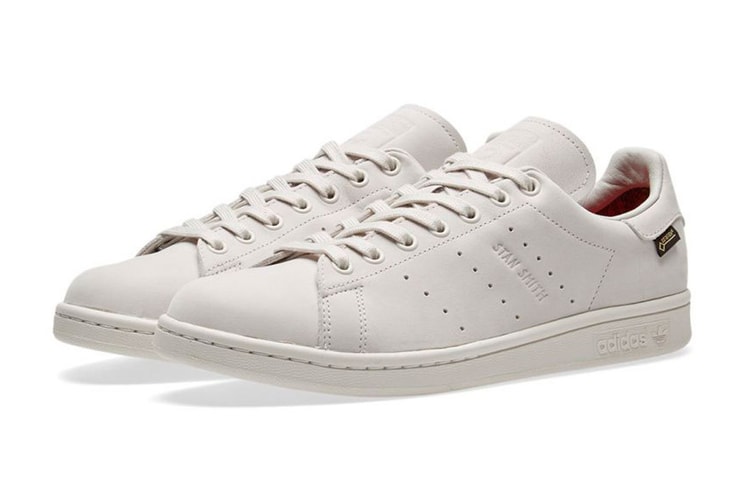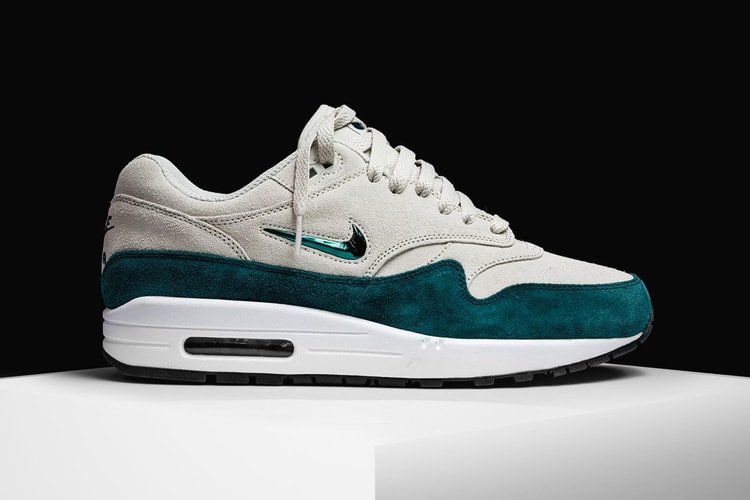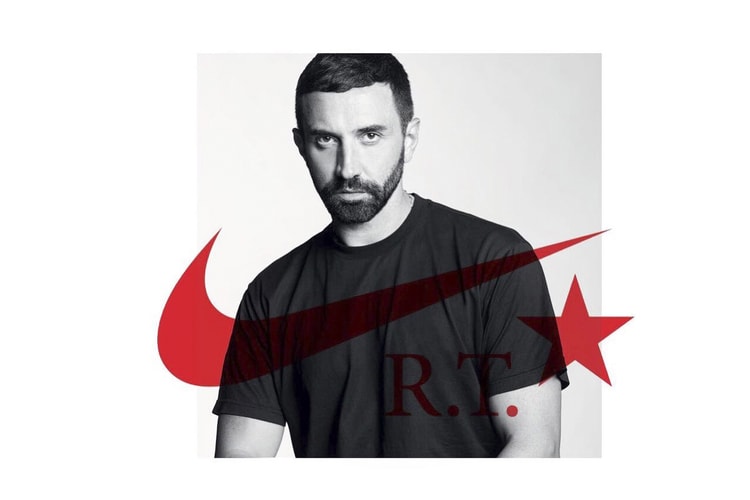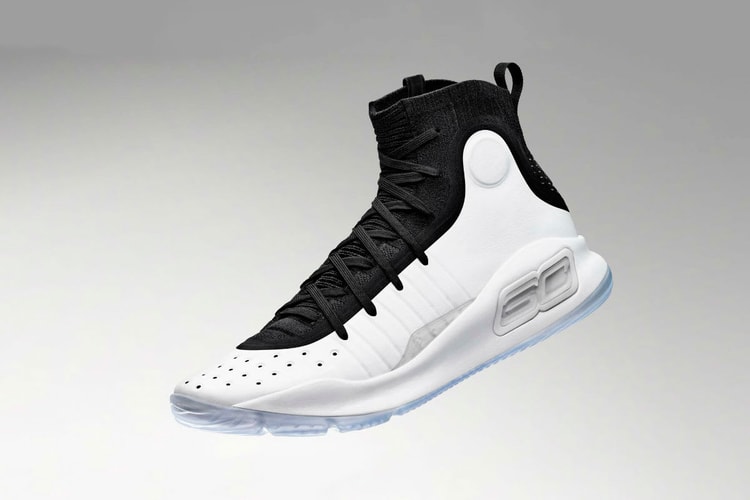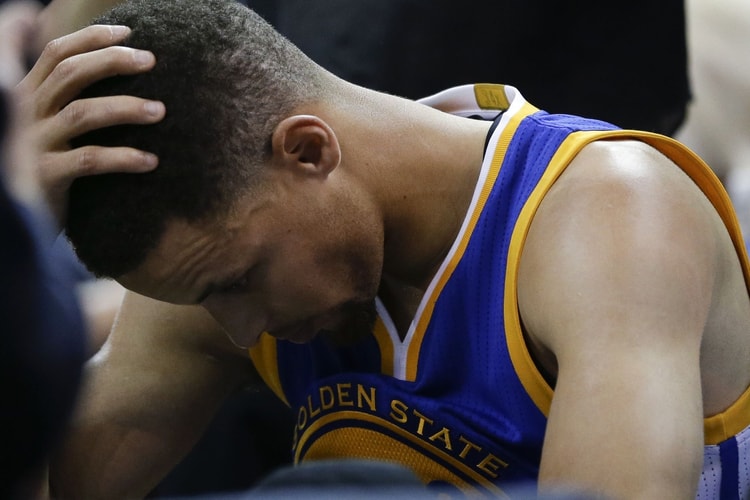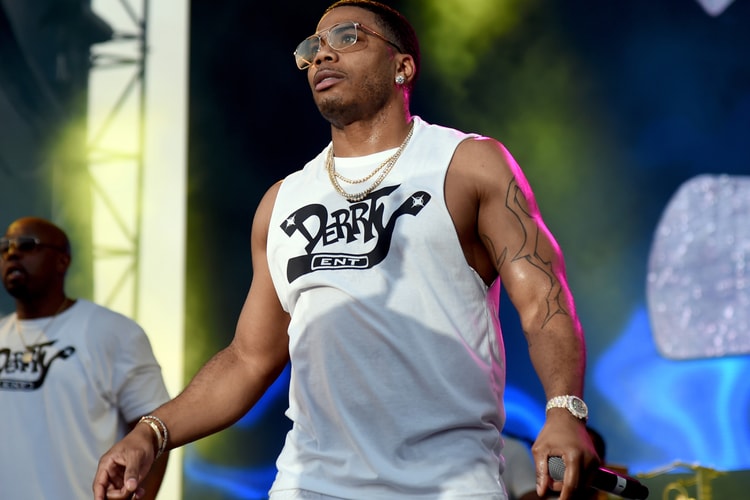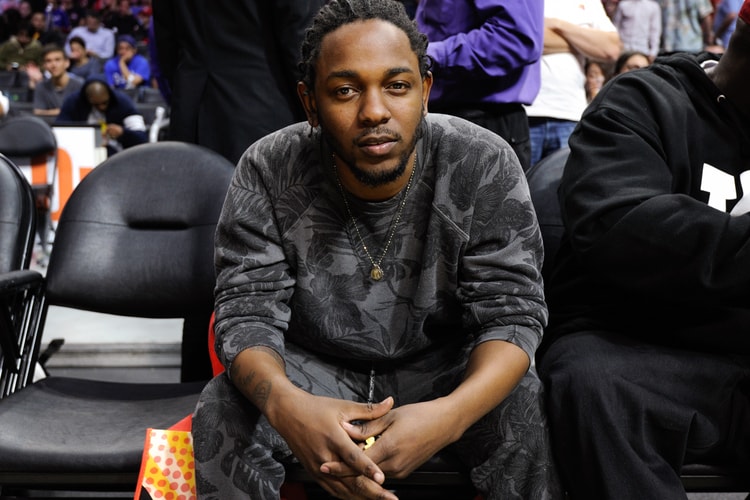How Supreme Broke Fashion's Glass Ceiling
The recent sale is a game changer for streetwear.
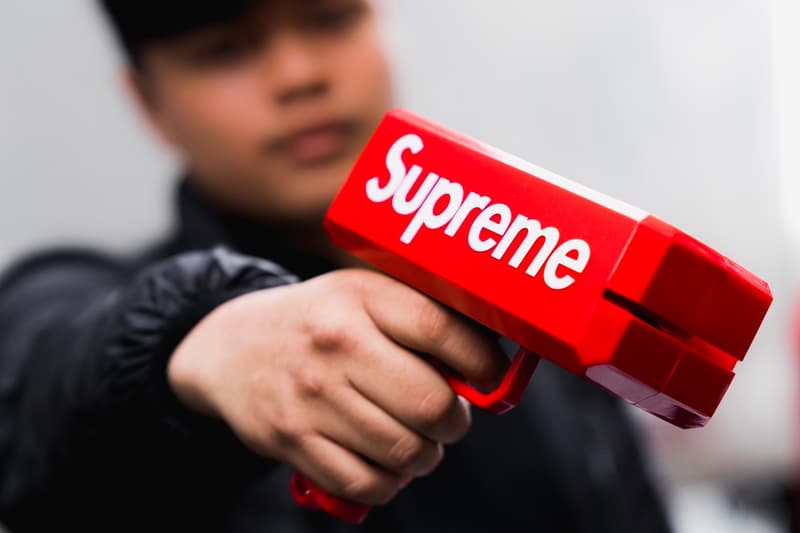
Last Friday, the streetwear radio waves oscillated with news that Supreme sold a stake in the company to U.S. based asset management firm, The Carlyle Group. While details of the deal are not clear, speculation originally dictated that Supreme sold a minority stake of the company — based on a statement founder James Jebbia made exclusively to The Business of Fashion. “Working with Carlyle allows us to concentrate on doing what we do best and remain in control of our brand, as we always have,” Jebbia told BoF. WWD later reported that the deal is worth $500 million USD, with Carlyle purchasing 50% of stocks.
According to Carlyle’s investment portfolio, out of 80 consumer and retail investments, 53 have been full buyouts. Given this track record and the scale of the private equity firm’s portfolio and funds, with $178 billion USD under management, the deal with Supreme unlikely took the form of a minor investment. “Carlyle rarely takes minority stakes. Their playbook is to buy a controlling stake and install their own management team and board to improve efficiency and profitability of the company,’ says Wesley Chan, managing director at Felicis Ventures and founder of Google Voice and Google Analytics.
Meanwhile, this is not the first time Supreme has received outside investment to grow the business. Before the deal, sources close to the company revealed that private investors such as Keith Miller, partner at private equity firm Goode Partners, held a large stake in the company — perhaps even more than Jebbia himself. At the time of publication, Miller’s online portfolio states he is a board member of Supreme New York ®.

Supreme’s Shibuya, Tokyo store. HYPEBEAST JP
The implications of the investment are far reaching for the industry — marking the first time a major firm invests in a streetwear label. In terms of Supreme itself, fans can expect to witness a continuation of the rapid global expansion that has long been underway. Indeed, Supreme has steadily shown sure signs of outside capital, targeting global markets and pumping distribution. In the past several years, the brand has grown its store count to 11, including 6 locations in Japan as well as launching a Japanese website.
“As art-focused and creative-spirited streetwear is, the most prominent brands in the category (on a financial scale) are just well-oiled businesses.”
Supreme is not alone. Other streetwear brands like A Bathing Ape, who sold to Hong Kong fashion group I.T, have received outside investment. For streetwear, peddled by countercultural leaders and rogue designers, the idea of outside investment seems contradictory. But like any company, investment is integral to growth, and at the end of the day, streetwear is still business.
“As art-focused and creative-spirited streetwear is, the most prominent brands in the category (on a financial scale) are just well-oiled businesses. I know a lot of fans and customers think it’s about culture and cool capital, but the bigger brands are meticulously crafted machines,” says Bobby Hundreds, co-founder of streetwear label and digital magazine The Hundreds.
The challenge of growing a consumer base and increasing mass appeal, while pumping sales meanwhile maintaining the illusion of scarcity, is the ultimate balancing act for any fashion brand. For streetwear, a movement embedded in on-the-ground authenticity and a close-knit cult following, these pressures are even higher.

Reseller at Supreme Fall/Winter 2017 drop. Eddie Lee/HYPEBEAST
Telling the cautionary tale of the dangers of over-saturating a streetwear brand is Mossimo, an original player in the streetwear game – once on par with Supreme and Stussy. The cult favorite saw immediate success, grossing $4 million only two years after launching in 1986. Within ten years, the company IPO’d and subsequently landed a $27.8 million deal with Target in 2000. While the brand saw massive commercial success, the name Mossimo has completely fallen off the streetwear and fashion radar.
Oliver Mak, founding partner at streetwear multi-retailer Bodega, believes streetwear brands are not well positioned to go public, drawing a distinction between publicly traded companies and conglomerates like LVMH who successfully have multi-brand holdings. “Publicly traded brands are all mass market, sold in a mix of big box stores, mall and discount retailers, and have accounts in every city and town with a population over 15k. Due to the core value of streetwear being counterculture, it doesn’t make sense for it to go mass market,” he says.
True, without the counterculture appeal, a streetwear brand will easily find itself going down the Mossimo path, landing in the sales bin of mass-market stores. That’s not to say though, that streetwear brands like Supreme can’t take outside investment and quickly grow while retaining their core identity. “You’ll see more Supreme retail shops open in key cities. That won’t risk over-saturation since there are so many cities they should be in. Look at how they’ve populated Japan — that’s a good model for how they can approach each country,” continues Mak on changes that might follow this new round of investment.
In fact, demand for Supreme is so high, that the frenzy is likely nowhere near reaching saturation, if ever. As the lines between streetwear and traditional fashion continue to blur, Supreme may very well break the streetwear glass ceiling and cement its name alongside the likes of Chanel and Louis Vuitton. “Every year, I see a new wave of younger kids who are discovering Supreme for the first time and find it exclusive and rare. It’s all about perspective, and to the next set of kids, Supreme is as cool and special to them as it was for me,” adds Hundreds.

Supreme x Louis Vuitton Fall/Winter 2017 Collection. Arby Li/HYPEBEAST
Streetwear labels across the board are gaining more popularity, amassing widespread appeal while still maintaining this “special” touch, and the movement is no longer confined to its under-the-radar beginnings. The likes of Virgil Abloh are now positioned to push boundaries, sending collections down the runway that are as much streetwear as they are couture. As the definition of streetwear grows, so does its resistance to being phased out as a trend.
“We aren’t beholden to anyone, which is priceless. To me, that’s the American Dream.”
Indeed, perhaps the loudest stamp made by this deal is the establishment of streetwear’s future. “The only thing new here is that the streetwear style is taking a larger market share of fashion than it was previously and therefore becoming a more attractive investment vehicle,” says Arun Gupta, CEO at Grailed, community marketplace for men’s clothing.
But as players who have been around for years and decades are faced with large-scale investment opportunities, where does that leave the brands who are just starting out, still peddling the core values that ignited streetwear in the first place. Some labels, like The Hundreds, who have seen a fair level of success, are much more cautious when it comes to taking outside investment. “We’ve had a few options to take money over the years, but forewent the offers. In hindsight, we’ve made more money by doing it ourselves, and best of all, retained control of our company. We aren’t beholden to anyone, which is priceless. To me, that’s the American Dream,” explains Hundreds.
These smaller, truly independent streetwear brands, most akin to what BAPE and Supreme were when they started, are what keep the grit and roots of streetwear alive, making the job easier for larger names to continue selling themselves on those same ideals — and selling themselves several thousand times over. The authenticity that is currently amiss among the widespread fashion industry — the authenticity that hundreds of high-end fashion brands are desperately aiming to capture — comes easily to streetwear; and with a bit more capital, the streetwear craze could just be beginning.




